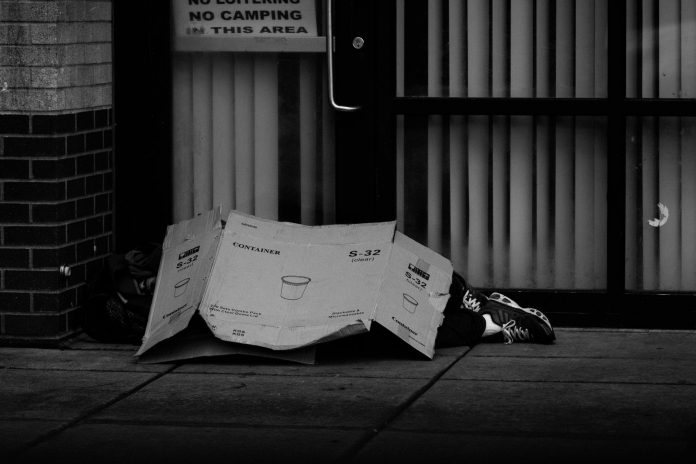Anyone who has been in the Stratford Centre at night knows that two worlds are contained within this building. The one in the day is full of shoppers, and energy, but at night it becomes a world in which dozens of homeless people seek shelter and warmth. In 2017 the Newham Recorder reported that Newham had “the highest rates of recorded homelessness in London”.
By October this year the same newspaper reported that at least two homeless people had died while sheltering in the shopping centre, and that a further six had died in Newham as a whole.
Now the Office for National Statistics (ONS) has published figures that show that there were an estimated 597 deaths of homeless people in England and Wales in 2017, which was an increase of 24% over the previous five years. This is the first time that figures such as this have been published.
But why? There have been statistics for the number of homeless for some time now, and we all know that the vulnerable die over winter, so why hasn’t this data been available before? Is it that some deaths are worth more than others?
As 2018 comes to an end, it will probably be remembered for the Facebook/Cambridge Analytica data scandal, Brexit’s chaos and the royal wedding. But with homeless figures up 169% since 2010, and – judging by the 2017 figures anyway – about 12 homeless people dying every week, perhaps 2018 should be remembered for something else instead: a failure to help the most vulnerable.

